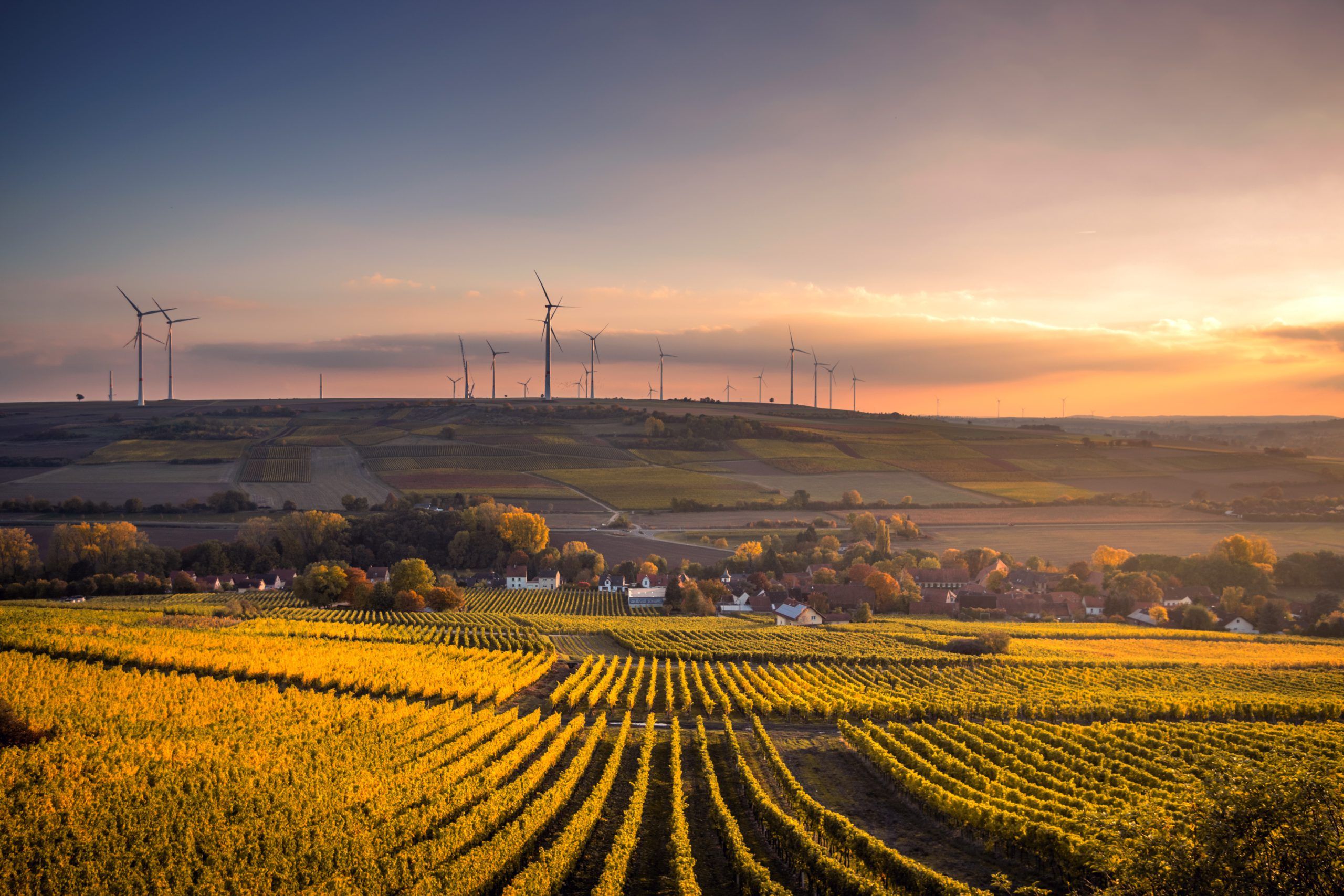
The story of the global food system over the past centuries is one of humanity’s greatest feats. From hunter gatherers who spent most of their time and energy foraging, thanks to the global food system we now have convenient access to the fuel needed to create, innovate and invent. However, global production of food today is the single largest driver of biodiversity loss, and one of the largest of man-made greenhouse gas emissions. Unhealthy diets are also the leading factor globally for preventable disease, while billions of tons of food are wasted every day.
The past few years, consumer demand for sustainability has seen investments in the food industry moving upstream, from consumer-facing products to innovations in the way our food is grown and produced. To mitigate climate change, make our food system more sustainable and resilient, and ensure that more and more people have access to nutritious food, it’s estimated that an additional USD 15bn in investment in agricultural research, innovation and deployment in countries across the world will be needed each year.
At Sagana we believe that agriculture and food systems is one of the most impactful investment areas there is. This critical moment offers the opportunity to make a profound impact that stretches even beyond the many environmental benefits, to touch on all of the Sustainable Development Goals (SDGs). In this blog post we’ve identified some key trends and investment opportunities in food systems, including Ag and FoodTech, that make it an exciting time to invest in this space.
From chemistry to biology: science is getting smarter about soil health
Every handful of healthy soil contains millions of microbes and microorganisms that are the result of nature’s incredible capacity to recycle organic materials. Fertile soil is the essential building block of life, and the source of around 95% of the world’s food. However, starting in the 20th Century, intensive farming practices interrupted these natural processes by using chemical fertilizers and pesticides. While these methods have been very effective in increasing the quantity and reliability of yields, they are no longer adequate, and negative repercussions are now threatening our earth’s ability to sustain future generations.
Fertilizers made from fossil fuels are responsible for 20% of agricultural emissions, and the run-off from these products is polluting water and killing off biodiversity. Increasing environmental concerns means that the market for organic fertilizers made from materials such as seaweed extracts and beneficial bacteria and fungi more than doubled in 2021 to USD 777m, according to AgFunder. These products enhance the growth of plants while enriching the soil. In January Kula Bio, a start-up that grew out of research from Harvard University, raised USD 50m to bring an alternative fertilizer that uses microbes, instead of fossil fuels, to the market. A benefit of these products is that farmers are able to spray their crops using the same tools they use to distribute synthetic fertilizer, meaning that it can be more easily integrated into current farming practices. With the price of synthetic fertilizer rising dramatically and increasing pressure from governments and legislators to make farming methods more sustainable, these kinds of nature-based solutions are a game-changer even for non-organic, industrial farms.
Increasing food system resilience by empowering women farmers across the world
Most of the world’s farms are less than two hectares in size, which makes smallholder farmers central to the challenge of achieving sustainable global food security. It’s estimated that women form 40% of the agricultural labor force, yet they continue to face constraints and limitations such as access to technology, equipment, training and land. Research carried out by Sagana in collaboration with CGIAR found that using a gender-smart approach when investing in food systems can increase risk-adjusted financial returns, while also simultaneously addressing multiple SDGs. At each stage of the value chain, investing in women workers can help improve the labor and talent pool, lower recruitment and turnover costs and increase innovation by bringing more diverse perspectives. In this way, gender-smart investing can help to close the gender gap and create a stronger and more resilient food system!
The future of farming
We believe that in order to make a real impact, we have to look beyond sustainability towards a regenerative approach which works in harmony with nature, not just in agriculture and food but in other sectors as well.
As well as being the source of 95% of the world’s food, healthy soil can hold water, trap excess heat in the atmosphere and store carbon dioxide. Regenerative agriculture promotes soil health and biodiversity through methods like no-tilling, rotational grazing and cover-cropping. Now, startups are coming up with solutions to harness the carbon-capturing potential of soil to help farmers to overcome the financial barriers to transitioning to more sustainable forms of agriculture. Last month, Copenhagen-based Agreena raised a USD 22.5m Series A for a platform where farmers can earn carbon credits to be sold on voluntary carbon markets. The credits give farmers an average 20% boost in profitability per hectare of land, and provide incentives for prioritizing soil health. Scaling this model could also help to fill the funding gap for smallholder farmers in the Global South, who produce one third of the world’s food.
Simultaneously, there is also a need to develop stopgap solutions. The British-Swiss company Mootral has invented a natural feed supplement, made from garlic, which reduces the methane emissions from cows by up to 30%. When it comes to the realities of farming in a changing climate, genetically edited crops are being developed to be more resistant to drought and other environmental changes. UK-based Tropic Biosciences are developing genetically edited banana and coffee plants which are more resistant to drought, pests and pathogens. As two of the world’s most popular crops, this will benefit more than 25 million coffee and banana growers worldwide, while ensuring that people all over the world can continue to enjoy these crops for years to come.
Alternative proteins: beyond fish
You might have already sampled the Beyond Meat burger, but products like sausages and burgers are just the tip of the iceberg when it comes to the alternative meat market. In the first half of 2021 invested capital in alternative and cultivated seafood companies totaled at least USD 116m, but the seafood market is still “small fish” when compared to the many billions of chickens consumed by humans every year. Earlier this year, Singapore-based start-up Next Gen Foods broke records when it raised USD 100m in funding to develop it’s range of plant-based chicken alternatives. Innovations in this area will allow for alternative proteins to spread across the globe, as different markets develop culturally-appropriate solutions.
While a lot of focus has been on protein over the past years we are also seeing exciting developments in fats, with a precision fermenting technique being used to improve the taste and sustainability of alternative meat products. Many plant-based meats currently use coconut oil to replace animal fats in their product, but Sweden-based Melt&Marble believes there’s room for improvement. Using precision fermentation, the company is harnessing microbes to produce fats with more complex enzymes and flavors that can be used to give plant-based meat products a richer and more fatty taste.
Lastly, although we’re still some years away from seeing a viable lab-cultivated meat come to market, the race is on. Netherland’s based food technology company Mosa Meat recently raised USD 85m in a Series B fundraising round, and the industry as a whole is projected to be worth USD 25bn globally by 2030.
Combating food waste
The UN Food and Agriculture Organization (FAO) estimates that 1.3bn tons of food is wasted every year, and much of this is before it reaches the end consumer. Apps like Too Good to Go and Karma are helping to close the gap by allowing shops and restaurants to sell excess food that would otherwise go in the trash.
At the other end of the spectrum, entrepreneurs are finding innovative uses for waste products. UK-based bio-bean saves used coffee grounds from landfill, where they emit methane, and turns them into “coffee logs” which can be purchased and used as a home and industrial biofuel as an alternative to fossil fuels like coal. Another initiative we’re following is Atomo, who have found an innovative way to address the deforestation caused by coffee plantations by creating coffee using upcycled date pits. One serving of this Molecular Cold Brew produces 93% less carbon emissions than conventional coffee, helping consumers to reduce their carbon footprint while getting their caffeine fix.
We are excited to see these strides being made to come up with solutions to meet the SDGs. From farming to food-tech, investments will help to pave the way for innovations in the way our food is produced, packaged, delivered, reused and repurposed. These improvements will provide a foundation for a more sustainable food system, and the more sustainable world we are working towards.
